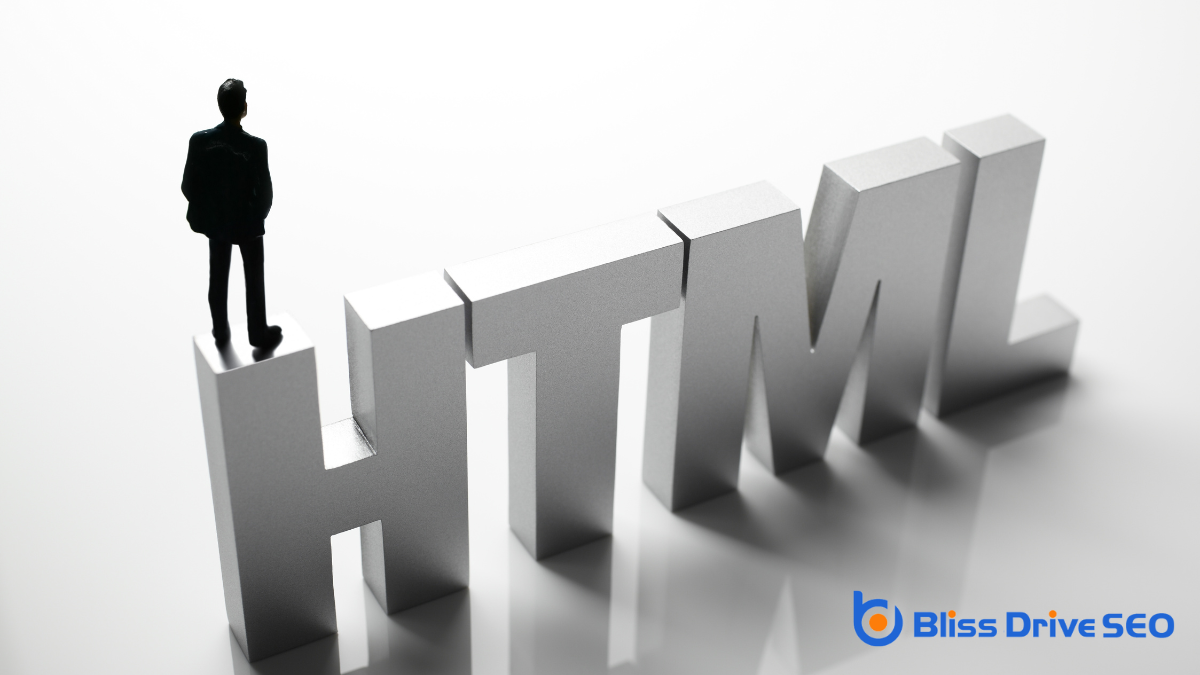Learn More About Us

You've likely encountered HTML countless times, but have you ever pondered its original intent? Created in the early '90s by Tim Berners-Lee, HTML wasn't just a random collection of tags. It had a specific purpose: to create a unified structure for sharing and accessing information on the burgeoning World Wide Web. This wasn't just about making the web look pretty; it was about fostering a seamless flow of information. So, how exactly did this simple language revolutionize how we communicate and collaborate online? Let's explore the intriguing journey of HTML's origins.

In the early 1990s, the digital landscape was on the brink of transformation, and this was when Hypertext Markup Language, or HTML, was born. You might wonder why HTML was such a big deal. Well, it was designed to be the backbone of the World Wide Web, allowing you to create and share documents across the Internet easily.
HTML was all about structuring content. It provided a set of tags to describe the different parts of a webpage, like headings, paragraphs, links, and images.
Imagine trying to share information in a consistent format without a common language. HTML served as this language, making it possible for different computers to understand and display content in a standardized way. By using HTML, you could guarantee that your webpage would look similar no matter who was viewing it or what device they were using.
Before HTML, sharing documents online was challenging because there wasn't a unified way to format text and images. With HTML, you finally had a tool that streamlined how content appeared on the web.
It was the foundation that made browsing the internet a coherent experience for everyone.
Imagine you're in a world where accessing information from anywhere is as easy as clicking a link.
Tim Berners-Lee envisioned HTML as a tool to seamlessly connect digital information, making knowledge readily available to everyone globally.
His vision also aimed to foster collaboration among researchers, breaking down barriers to share and build upon each other's work.
At the heart of Tim Berners-Lee's vision for the web was the seamless linking of digital information, an innovation that transformed how we access and share knowledge. Imagine being able to jump from one piece of information to another with just a click. This idea of interconnectedness was revolutionary.
Before the web, accessing information meant sifting through books or files physically. Berners-Lee wanted to change that by creating a system where documents could be linked together effortlessly.
Hypertext Markup Language (HTML) became the tool to make this possible. With HTML, you can create links that connect documents, allowing users to navigate through a web of information seamlessly. This wasn't just about saving time; it was about expanding your ability to explore ideas and concepts.
You could follow your curiosity, uncover related topics, and make connections you hadn't considered before. In this interconnected environment, the way you think about information changes.
Instead of isolated bits of knowledge, you see a landscape of ideas, all accessible and interwoven. Berners-Lee's concept empowered you to explore and understand the world in a way that was previously unimaginable, all through the power of HTML.
While linking digital information was a groundbreaking step, Tim Berners-Lee's vision extended far beyond mere connectivity. He aimed to enhance global information access, believing that everyone should easily find and share knowledge across the world. HTML was an essential tool in this mission. It allowed you to create web pages that could be accessed by anyone with an internet connection, regardless of location. This democratization of information meant that knowledge wasn't confined to specific institutions or regions anymore.
Imagine living in a world where you can instantly access a vast library of information from your home. That's what Berners-Lee envisioned—a world where you could explore topics, learn new skills, and even connect with different cultures, all through the web. HTML made this possible by providing a universal language that browsers could understand, making the web accessible to non-specialists like you.
Berners-Lee's vision wasn't just about access to information but also about the empowerment it brought. With HTML, you couldn't only consume content but also create and share your own. This enabled a more inclusive and participatory digital environment, fostering a sense of global community.
For Tim Berners-Lee, HTML wasn't just a tool for accessing information; it was a catalyst for collaborative research efforts. Imagine you're a researcher in the early days of the internet. You've got loads of data and ideas, but sharing them with colleagues across the globe feels impossible.
Berners-Lee envisioned a world where you could easily share your work, collaborate in real-time, and build upon each other's findings without geographical barriers. HTML, or Hypertext Markup Language, made this vision a reality by enabling documents to be linked and easily accessible.
With HTML, you can create structured documents that aren't only readable but also interconnected. This interconnectedness means you can reference other researchers' work seamlessly, providing a web of knowledge that anyone can navigate.
Instead of isolated research silos, HTML fosters an environment where collaboration is natural and encouraged. Think of it as a digital library where every book is linked to countless others, making discovery and collaboration both intuitive and efficient.
HTML's creation laid the groundwork for the collaborative internet we understand today, where sharing and building on each other's work isn't only possible but fundamental.
When you're structuring a document with HTML, organizing content hierarchy is vital.
It helps readers quickly understand the layout and enhances readability online.
HTML plays an essential role in organizing content hierarchy, enabling clear document structuring on the web. When you create a webpage, structuring content properly is vital for both users and search engines. It helps in presenting information logically, making navigation easier.
Here's how HTML aids in organizing content hierarchy:
Readable content is essential for engaging your audience online, and proper document structuring plays a pivotal role in achieving that. When you use HTML effectively, you guide readers through your content seamlessly.
Start by using headings and subheadings to break up text, which not only improves readability but also helps search engines understand your page's structure.
Incorporating lists is another great technique. Whether you're using bullet points or numbered lists, they make information digestible and easy to scan. This approach is perfect for highlighting key points or steps in a process, guaranteeing your audience can quickly grasp the content's main ideas.
Don't forget about paragraphs. Keep them short and focused, ideally around three to four sentences. This way, you maintain your reader's attention without overwhelming them.
Additionally, make good use of line breaks and white space to give eyes a rest, creating a more inviting layout.
Lastly, remember that links and images can enhance the reading experience. Use hyperlinks to provide additional context or resources, and include relevant images that support your text.
In the early days of the internet, a few pioneering technologies like HTML played a pivotal role in transforming web communication. As a user, you might be curious about how HTML facilitated this change.
HTML, or Hypertext Markup Language, provided a framework that was essential for displaying content on web pages. It allowed users to share information more effectively and presented a structured way to communicate across the web.
Here's how HTML contributed to early web communication:
Understanding these elements helps you appreciate how HTML shaped early web interactions.
While HTML laid the foundation for displaying content on the web, linking across systems became a revolutionary aspect of how information was connected and accessed. You probably use hyperlinks every day, whether you realize it or not.
These links provide a seamless way to navigate between different web pages and even different websites. Think of them as bridges that connect various pieces of information, allowing you to explore vast amounts of data with just a click.
In the early days, HTML links were groundbreaking because they allowed for the integration of resources from different servers and locations. You could easily jump from a webpage hosted in one country to another on the opposite side of the world.
This interconnectedness was essential in transforming the internet into a global information system. It meant that no matter where information was stored, you could access it as long as it was linked.
HTML's journey from its inception to its current form is a reflection of the web's rapid evolution. Initially, HTML was a straightforward language, designed simply to structure documents.
But as the internet's capabilities expanded, so did HTML. You can see this evolution in several key stages:
You've now grasped the original purpose of HTML, rooted in Tim Berners-Lee's vision. HTML was crafted to make digital information accessible and navigable, creating a unified language for document structuring. It fostered early web communication by linking disparate systems and enabling information sharing among researchers. As HTML evolved, it didn't just simplify connectivity; it transformed how we experience the internet. This foundation paved the way for the ever-expanding digital world you interact with today.
